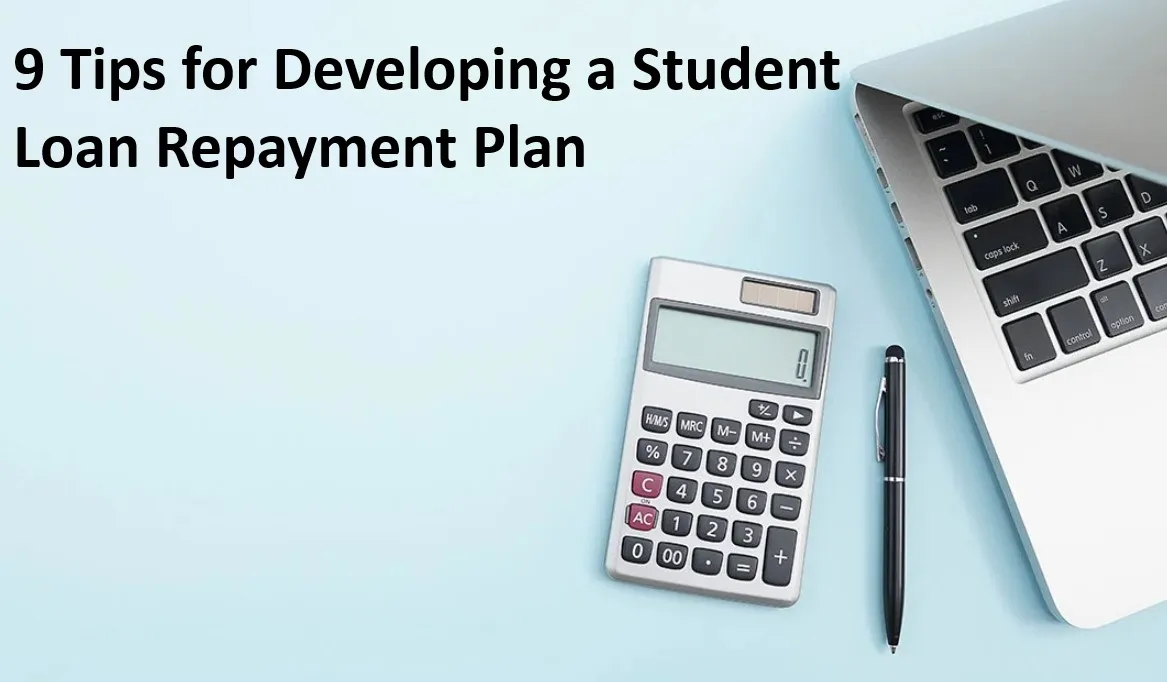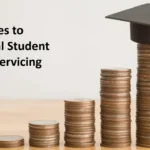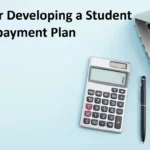College costs continue to rise, and for many borrowers, repaying student loans can be a challenge. It’s important to create a plan to manage this debt early, or it could spiral out of control and hinder your long-term financial goals. Whoever said, “You can’t put a price on a good education,” probably didn’t face the burden of student loans.
The global pandemic caused significant disruptions to lives, jobs, and finances. As things return to “normal,” borrowers will also need to resume repaying their student loans. The temporary forbearance period for most federal student loans, which began in March 2020, is set to expire, and repayments will start in May.
If you have federal student loans, now is the time to prepare for the resumption or start of payments. Here are nine tips to help you manage repayment for federal and other types of student loans.
1. Understand Your Loan Types
Start by getting organized. Many borrowers have both federal and private student loans, each with different features and benefits. Federal loans may be subsidized or unsubsidized, which impacts how much interest you’ll pay and when.
To find out what federal loans you have, visit the U.S. Department of Education’s National Student Loan Data System. For private loans, check with the lender. Understanding your loans is the first step toward managing repayment effectively.
2. Focus on Private Loans
Contact your private loan lender to understand their repayment policies. Each lender may have different terms regarding payment assistance, hardship options, and collections. Some lenders may allow temporary suspension of payments, but interest will continue to accrue, potentially increasing your overall debt. Weigh your options carefully to avoid long-term financial strain.
3. Calculate Your Total Debt
It’s essential to know how much you owe and how much you can afford to pay monthly. After calculating your total student loan debt, determine how it fits within your overall financial obligations to ensure you can make manageable monthly payments.
4. Be Proactive with Your Loan Servicer
Whether you have federal or private loans, stay proactive. Your loan servicer manages your account, processes payments, and provides important updates. If you have multiple federal loans, you may have different servicers, so be sure to stay updated on who they are. They’ll send you billing statements and other notices, so maintain clear communication with them.
5. Set a Repayment Timeline
Establish a timeframe for repaying your student loans. If you’ve experienced financial setbacks, you may qualify for more flexible repayment options. Federal programs, such as Pay As You Earn (PAYE), allow for lower monthly payments based on your income, making it easier to manage your debt.
6. Explore All Repayment Options
The Department of Education recently overhauled the Public Service Loan Forgiveness (PSLF) program to clear up confusion and broaden eligibility. If you work in public service, these changes could help reduce or eliminate your federal loan balance. For private loans, repayment options vary by lender, and working with a credit counseling service may provide additional plans, such as Income-Based Repayment (IBR).
7. Prioritize Higher-Interest Loans
Focus on repaying loans with the highest interest rates first. This will save you more in the long run by reducing the total interest paid. Start by paying extra on the highest-interest loan while making minimum payments on others. Once that loan is paid off, apply the payment amount to the next loan. This “avalanche” method is effective for paying off debt quickly.
8. Manage Your Loan Interest
Explore ways to lower your interest rates, such as negotiating with your lender, adjusting payment terms, or refinancing. Consolidating federal loans may also be an option if it qualifies you for lower rates or shorter repayment terms. Consolidation combines multiple loans into one, simplifying repayment.
9. Reassess Affordability
Regularly review your financial situation, including your income, expenses, and other debts, such as credit card balances. This will help you determine a realistic monthly payment amount that aligns with your financial goals. Private student loans often offer less flexibility than federal loans, so understanding your affordability is key to avoiding financial strain.
The journey to managing student loan debt doesn’t end here. Stay informed by seeking expert guidance, such as from the Student Loan Ranger blog, for continued advice on handling your loans effectively.
Discover more from USA Liberty News
Subscribe to get the latest posts sent to your email.








